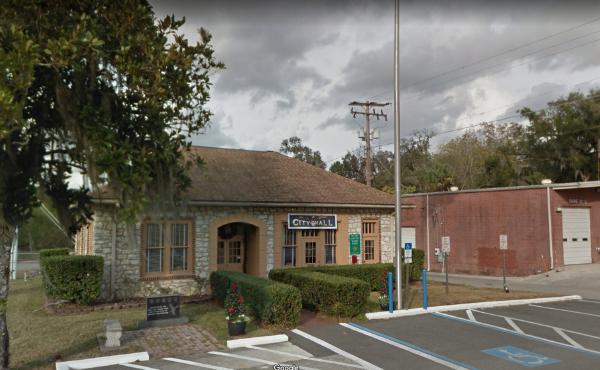In 1881, Judge Edmund F. Dunne came to this area from Arizona and homesteaded.
Judge Dunne was one of the attorneys involved in negotiating Hamilton Disston's
purchase of four million acres of Florida Land in 1881, and he took his
attorney's fee as an option to develop a tract of 100,000 acres in the newly
acquired lands. In 1882 he selected a plot of land at the top of a hill east of
Lake Jovita as his new home. That parcel of land is where St. Leo Abbey now
stands.

Judge Dunne was a Catholic who was on a mission to establish a colony where
people of his own faith could settle and live without persecution. He selected
one full section of land to the west of Lake Jovita for his new colony, and
named it San Antonio after Saint Anthony of Padua. He laid out streets in a rectangular grid with a
traditional public square at the center. Land was also set aside for a school,
monastery, and an orphan's home.
By the late 1880's, the town of San Antonio was already well populated due in
large part to the arrival of the Orange Belt railroad, which passed through the
city on its route to Tampa. This made it easy to ship goods, livestock and farm
produce to northern cities. In 1889, Judge Dunne conveyed the lands of his
homestead to the Order of St. Benedictine, and the town of
Saint Leo was founded
at that location.
Each October San Antonio hosts one of the most unique events you'll find in
Florida ... the Rattlesnake Festival. In addition to the festival atmosphere
provided by arts and crafts vendors, and kids games and rides, you'll find a
number of wildlife exhibits and snake exhibitions. Gopher tortoise racing is
also popular at the festival.
Activities & Facilities
Restaurant

Dogs allowed

Short hiking trails

Paved bike trails